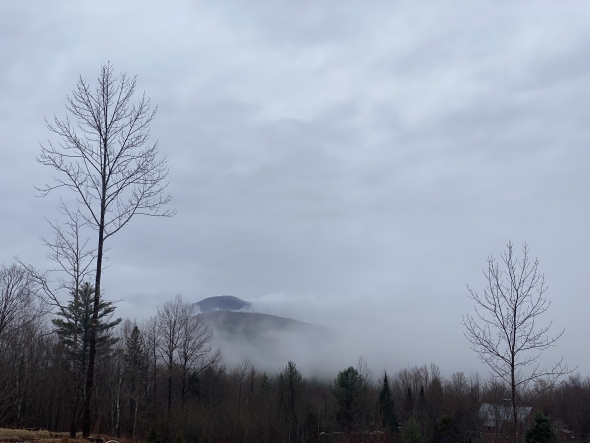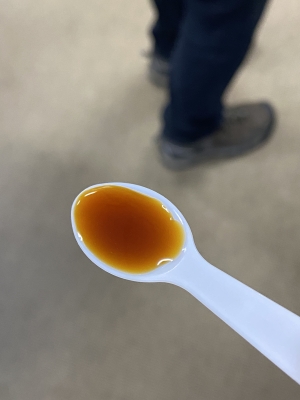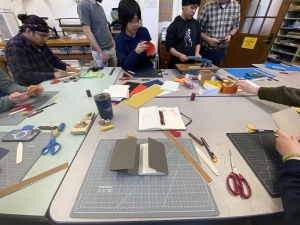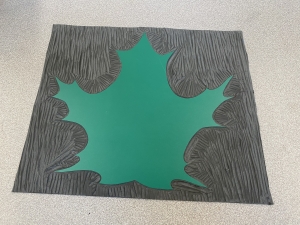
Sugar Crew: Week 2
Maple sugaring is a seasonal tradition of New England (with indigenous origins) that consists of processing sap from Maple trees into a sweet syrup. At Dartmouth, the Sustainability Office runs a program called "Sugar Crew," which enables students to actually carry out maple sugaring at the nearby Organic Farm. See my first post for details on week one of the program
To take a break from our boiling endeavors, we traveled north to Mount Cabot Maple, a commercial sugaring operation. Their set-up was substantially larger than ours (over 4,000 trees tapped!), so it was eye-opening to see what a real, local operation could look like. The atmosphere was frantic and focused because there was an unanticipated influx of sap overnight, and syrup was leaving the system every few minutes!


Following Mount Cabot, we embarked on a journey to Burlington, Vermont, where we visited the one and only "Proctor Maple Research Center."
The research center is run by the University of Vermont, and focuses on enhancing our understanding of how maple trees respond to tapping—and how to optimize commercial practices for maple producers. We had a fabulous tour (albeit with rain, hail, and wind), but the highlight was definitely a maple tasting. Our guide presented us with a variety of samples and explained the variations in the production process that lead to different flavors, and it turns out most of them were examples of syrups where something went wrong! (I.E. the sap fermented before being boiled, the final filter was damp, or the sap was collected too late in the season.) Some syrups were smooth and well-balanced with deep maple notes while others had distinctly chocolaty, sour, or musty flavors.


As the program was wrapping up, we had a final boil to try and eke out as much syrup as possible from the sap we had left. Unfortunately, week two was much colder overall, and as a result, little to no sap actually flowed. In the end, we did produce over five gallons of syrup, which is still 300+ gallons of sap!
The final days were spent at the Book Arts Workshop, where we learned to hand-stitch pages and got started on making our very own Sugar Crew booklet. The book is meant to be a tribute to our trip by summarizing what we learned (in terms of history and science), providing original maple-inspired artistic content (visual art and poetry), and listing—of course—maple recipes. I helped design the cover and carved a maple leaf stamp! The project is still in the works and we hope to distribute it to our supporters when it's all done.


Anyways, that was Sugar Crew 2024!
















